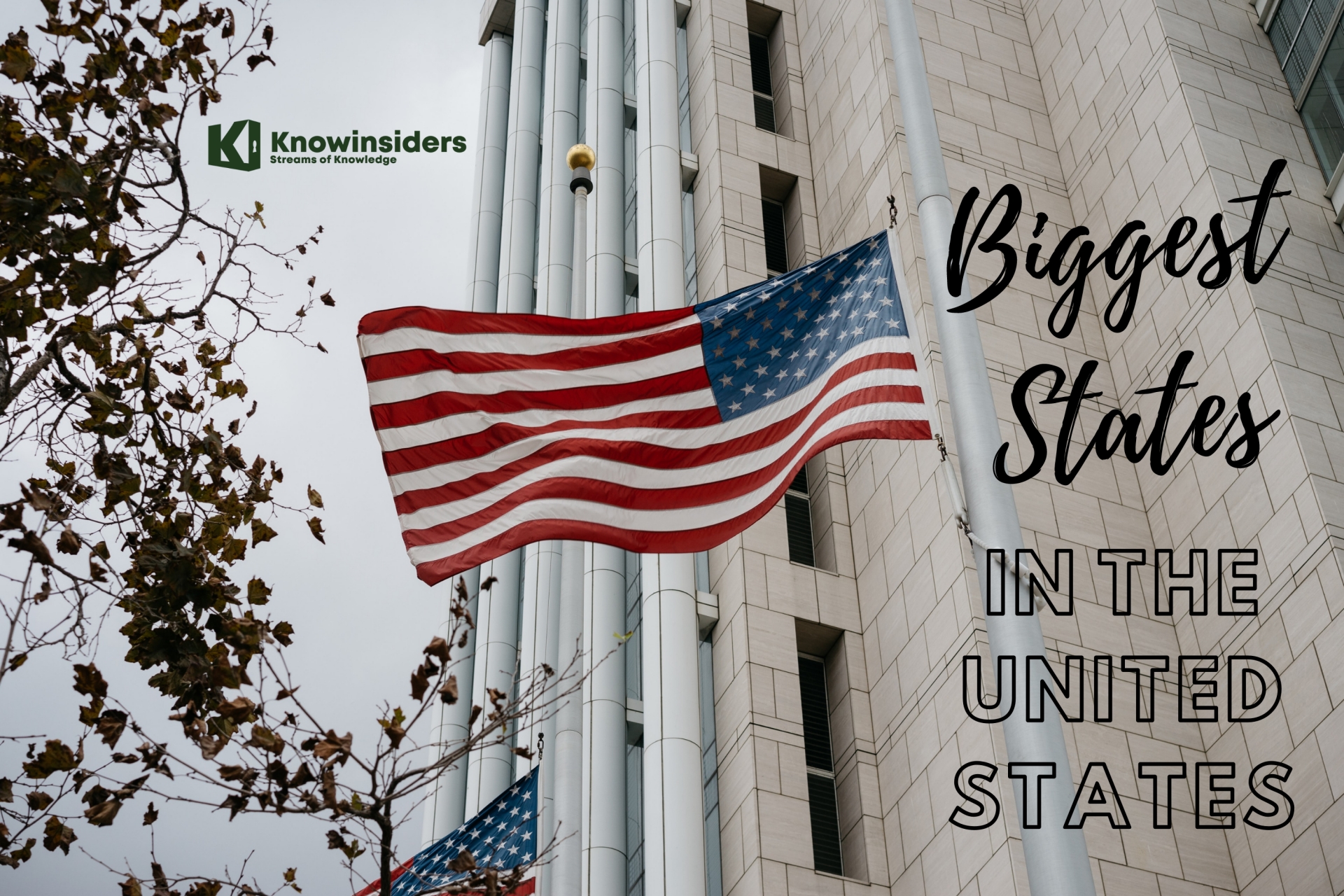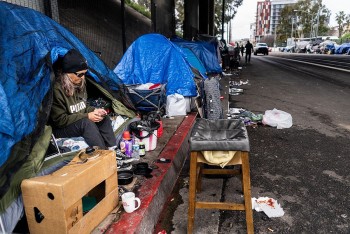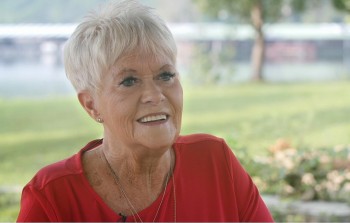The Ultimate Guide to U.S. Population: Eligible Voters, Largest Ethnic Communities
The population demographics of the United States reveal its diverse and evolving identity. From eligible voters and population distribution by state to the largest immigrant communities, these aspects offer insight into the country’s social, political, and economic landscape.
The United States, home to over 330 million people, is one of the most diverse nations in the world. Its demographics are constantly shifting due to immigration, internal migration, and natural population growth. These changes impact everything from electoral outcomes to economic trends and social policies. This article provides a deep dive into the latest population data, including information on eligible voters, the most and least populous states, and the largest ethnic communities, with up-to-date insights as of November 2024.
 |
| U.S. demographic highlights for 2024 |
Eligible Voters in the United States (as of 2024)
As of the latest estimates, approximately 248 million Americans are eligible to vote, representing about 74% of the total population. This voting-eligible population (VEP) includes U.S. citizens aged 18 and older who meet state-specific requirements, excluding certain individuals such as non-citizens, some felons, and others who have lost their voting rights.
-
Demographic Breakdown:
Eligible voters in the U.S. are diverse across racial, age, and gender lines:
- Race and Ethnicity: White Americans make up around 60% of eligible voters, while Hispanic and Latino Americans now account for over 15%, the largest minority voter group. Black eligible voters represent about 13%, and Asian Americans, a rapidly growing group, make up nearly 5%.
- Age: Younger voters (18-29) are the most diverse group by ethnicity and have been increasingly engaged in recent elections. Older voters (65+) traditionally have high turnout rates.
- Gender: Women consistently outvote men in all age groups, a trend that continues in 2024.
-
Voter Participation Trends:
Voter turnout has been strong in recent years, partly due to greater emphasis on mobilization efforts. Registration processes vary by state, and laws around voting rights for felons have seen reform in states like Florida and California, re-enfranchising millions of people. Mail-in voting and early voting options, expanded in the last few elections, remain popular.
Population Distribution by State
Population distribution highlights the contrast between states with high urban densities and those with expansive rural landscapes.
-
Most Populous States:
- California remains the most populous state with over 39.5 million residents, driven by its economic opportunities, diverse communities, and cultural influence.
- Texas and Florida follow, both nearing or surpassing 30 million people due to booming job markets, affordable housing, and warmer climates. These states are known for attracting both young professionals and retirees.
-
Least Populous States:
- Wyoming continues to be the least populous state, with around 580,000 residents, followed by Vermont and Alaska. Geographic challenges and limited economic opportunities contribute to their smaller populations.
-
Urban vs. Rural:
Over 83% of the population lives in urban areas, with large metro areas like New York City, Los Angeles, and Houston being major cultural and economic centers. Rural areas, though less populated, play a vital role in agriculture and resources but face challenges such as access to healthcare, education, and employment opportunities.
Largest Ethnic Communities in the U.S.
The U.S. is home to diverse ethnic groups, with substantial communities of Hispanic/Latino, Asian, and Black Americans, as well as various European and Middle Eastern groups.
-
Hispanic/Latino Community:
As the largest minority group, Hispanic and Latino Americans represent about 19% of the U.S. population, with significant communities from Mexico, Puerto Rico, Cuba, and Central American countries. This population is concentrated in states like California, Texas, and Florida, where Spanish language and Latin culture are highly influential.
-
Asian American Communities:
- Chinese Americans are the largest Asian group, with a strong presence in California, New York, and other urban centers. They contribute significantly to tech, finance, and education sectors.
- Indian Americans, highly educated and economically successful, are concentrated in tech hubs like Silicon Valley and major cities in New Jersey and Texas.
- Filipino Americans, with a longstanding history in the U.S., are prominent in healthcare and education, especially in California and Hawaii.
- Vietnamese Americans are particularly significant in California and Texas, where they are known for their contributions to small businesses and local economies.
-
African American Community:
African Americans make up about 13% of the U.S. population, with significant populations in southern states like Georgia, Texas, and Florida. Historically one of the most politically active groups, African Americans have been central to civil rights movements and continue to shape cultural and political landscapes.
-
Middle Eastern and North African (MENA) Communities:
The MENA communities, including people from countries like Egypt, Lebanon, and Iran, are a growing minority group. Concentrated in Michigan, California, and New York, these communities are increasingly influential in fields like business, healthcare, and academia.
Conclusion
The demographics of the United States are a testament to its dynamic and multicultural identity. With a voting-eligible population of nearly 248 million, diverse communities spanning every state, and significant representation from Hispanic, Asian, Black, and Middle Eastern groups, the U.S. is a rich tapestry of backgrounds and experiences.
These demographic trends have profound implications for the nation’s social, political, and economic future, shaping everything from policy decisions to cultural evolution. As the U.S. population continues to grow and diversify, understanding these shifts is crucial for fostering a more inclusive and responsive society.
Frequently Asked Questions (FAQs)
Q1: How many people are eligible to vote in the United States as of 2024?
Approximately 248 million people are eligible to vote. This includes U.S. citizens aged 18 and older, with some exclusions for non-citizens, incarcerated individuals, and others depending on state laws.
Q2: Which state has the highest population, and why?
California remains the most populous state with nearly 40 million residents, largely due to its economic opportunities, diverse industries (like tech, entertainment, and agriculture), and attractive climate.
Q3: What is the largest ethnic minority in the U.S.?
The Hispanic/Latino community is the largest ethnic minority, representing about 19% of the total population. This includes people of Mexican, Puerto Rican, Cuban, and other Latin American descents.
Q4: Where are most Asian Americans concentrated in the U.S.?
Most Asian Americans live in urban and suburban areas, especially in California, New York, Texas, and New Jersey. They are prominently involved in fields like technology, healthcare, and academia.
Q5: Are Middle Eastern and North African (MENA) communities counted as a separate group in the census?
As of 2024, MENA individuals are often classified under "White" in official census data, though efforts are ongoing to establish a distinct MENA category to better represent these communities.
Q6: How is the U.S. population expected to change in the coming decades?
The U.S. is projected to continue diversifying, with Hispanic, Asian, and multiracial populations growing
 What Are The Largest and Smallest U.S State by Land Area & Population What Are The Largest and Smallest U.S State by Land Area & Population Which US state is the largest or smallest? That's a significant query. Continue reading to discover the solution. |
 Top 10 Smallest Cities in the US by Area and Population (2024 Report) Top 10 Smallest Cities in the US by Area and Population (2024 Report) Check out top 10 smallest cities in the US. These locations provide a tranquil and serene environment, allowing tourists to escape the rush and bustle ... |
 Full List of the Capital Cities in the World: Name, Population And Area Full List of the Capital Cities in the World: Name, Population And Area The safety, prices, health care, pollution levels, and other conditions in these 200 towns are all different from the capital cities of their countries. This ... |
 Top 10 States with the Highest Homeless Rates in the U.S Top 10 States with the Highest Homeless Rates in the U.S Over fifty thousand people are homeless in the United States. These people sleep in unsuitable locations for human habitation or live in transitional housing or ... |























